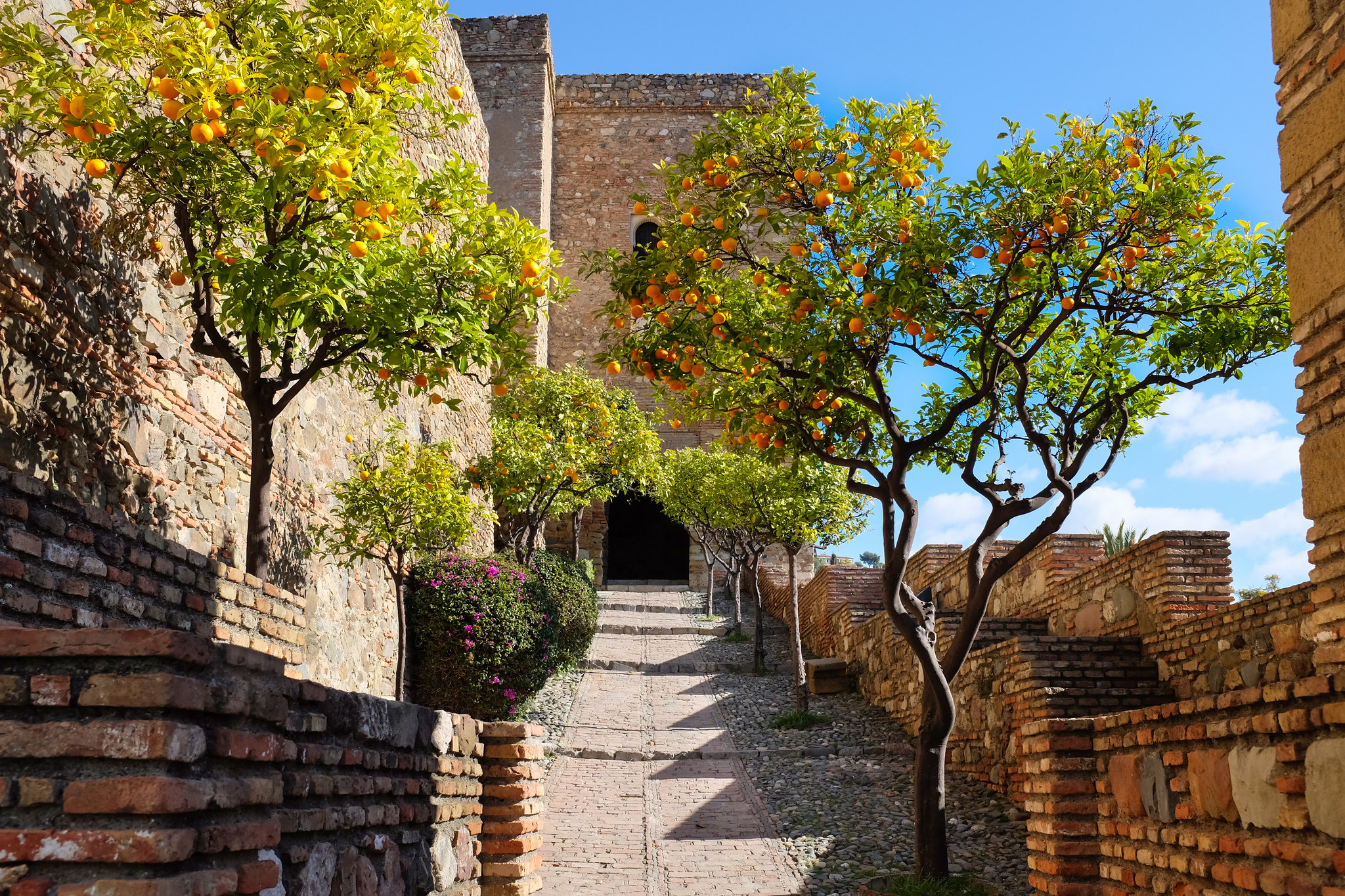Perched atop a hill overlooking the bustling city of Málaga, the Alcazaba stands as a testament to the rich Moorish history of southern Spain. This ancient fortress, with its weathered walls and intricate architecture, offers visitors a glimpse into a bygone era that shaped the region’s culture and landscape.
As you approach the Alcazaba, you’re immediately struck by its imposing presence. The winding path leading up to the entrance is steep, but the effort is well worth it. Once inside, you’re transported to a world that seems frozen in time. The air is thick with the scent of orange blossoms and the sound of trickling water from the numerous fountains scattered throughout the complex.
One of the first things you’ll notice as you explore the Alcazaba is the stunning views it offers of Málaga and the Mediterranean Sea beyond. From various vantage points within the fortress, you can take in panoramic vistas that stretch for miles. It’s easy to see why the Moors chose this location for their stronghold – the strategic advantage it provided was undoubtedly invaluable.
As you delve deeper into the Alcazaba, you’ll discover a maze of courtyards, gardens, and buildings that make up this sprawling complex. Each turn reveals a new surprise, from intricately carved archways to serene reflecting pools. The attention to detail in the architecture is truly remarkable, with geometric patterns and Arabic calligraphy adorning many of the surfaces.
One of the hidden gems within the Alcazaba is the small archaeological museum housed within its walls. Here, you can find a fascinating collection of artifacts unearthed during excavations of the site. From pottery and coins to jewelry and household items, these relics offer a tangible connection to the people who once called this fortress home.
As you continue your exploration, you’ll come across the remains of the original Roman fortifications that predated the Moorish construction. This juxtaposition of different historical periods adds another layer of intrigue to the Alcazaba, highlighting the complex history of the region and the various civilizations that have left their mark on it.
Perhaps one of the most enchanting aspects of the Alcazaba is its lush gardens. These meticulously maintained green spaces provide a welcome respite from the sun-baked stones of the fortress. Fragrant flowers, towering palms, and carefully pruned hedges create an oasis of tranquility that invites visitors to pause and soak in the atmosphere.
As the day progresses, the changing light casts new shadows and highlights different features of the Alcazaba. The golden hour just before sunset is particularly magical, as the warm light bathes the ancient stones in a soft glow. It’s during these moments that you can truly appreciate the timeless beauty of this historic site.
Before you leave, be sure to take a moment to reflect on the centuries of history that have unfolded within these walls. From the Moorish rulers who built it to the Christian conquerors who later occupied it, the Alcazaba has witnessed the ebb and flow of empires and the passage of countless lives.
As you descend back into the vibrant streets of modern Málaga, you’ll carry with you a newfound appreciation for the hidden gems of the Alcazaba. This Moorish fortress, with its blend of history, architecture, and natural beauty, offers a unique and unforgettable experience that shouldn’t be missed by anyone visiting the Costa del Sol. So next time you find yourself in Málaga, make sure to set aside some time to explore this remarkable testament to Spain’s rich and diverse heritage.
The Alcazaba stands as a testament to Moorish architectural prowess and military ingenuity in medieval Spain. This fortified palace, perched atop a hill in Málaga, not only served as a formidable defensive structure but also as a symbol of Islamic power and cultural influence on the Iberian Peninsula. Its strategic location, intricate design, and centuries of history make it a significant archaeological site and popular tourist attraction. The Alcazaba’s preservation allows modern visitors to glimpse the grandeur of Al-Andalus and appreciate the complex interplay of cultures that shaped southern Spain’s heritage.

